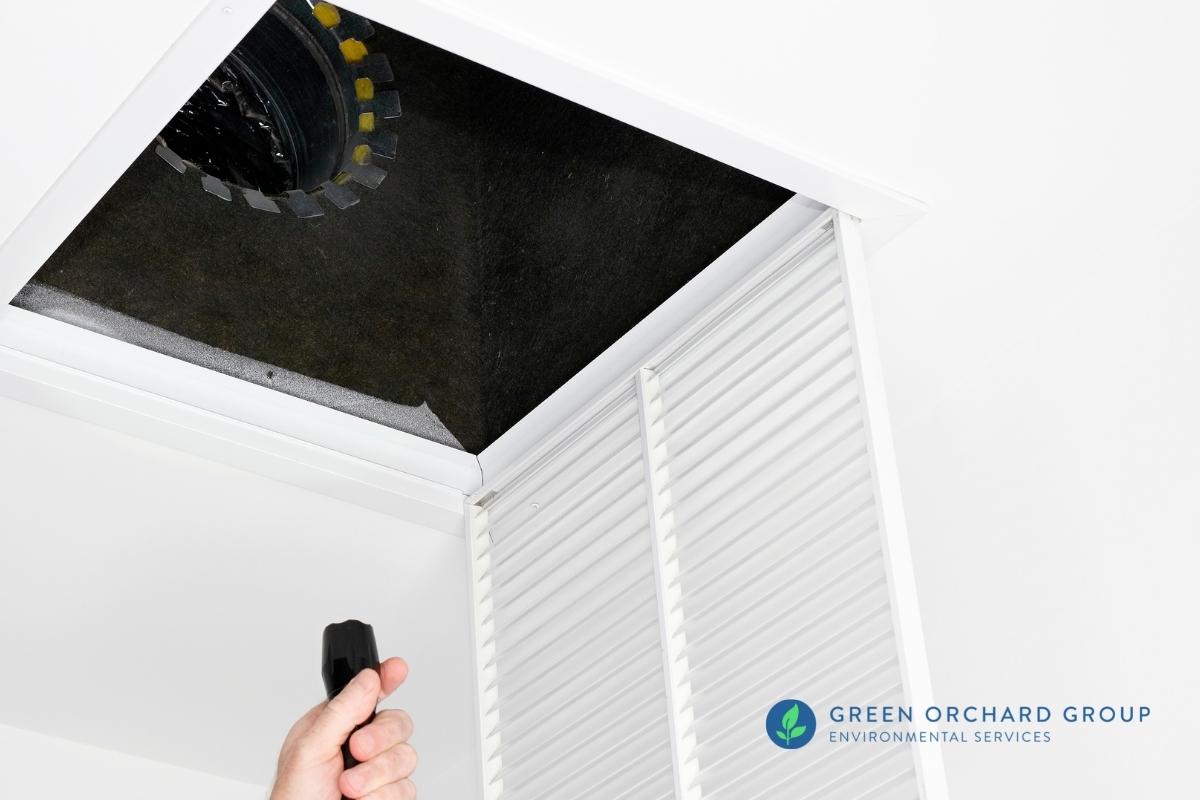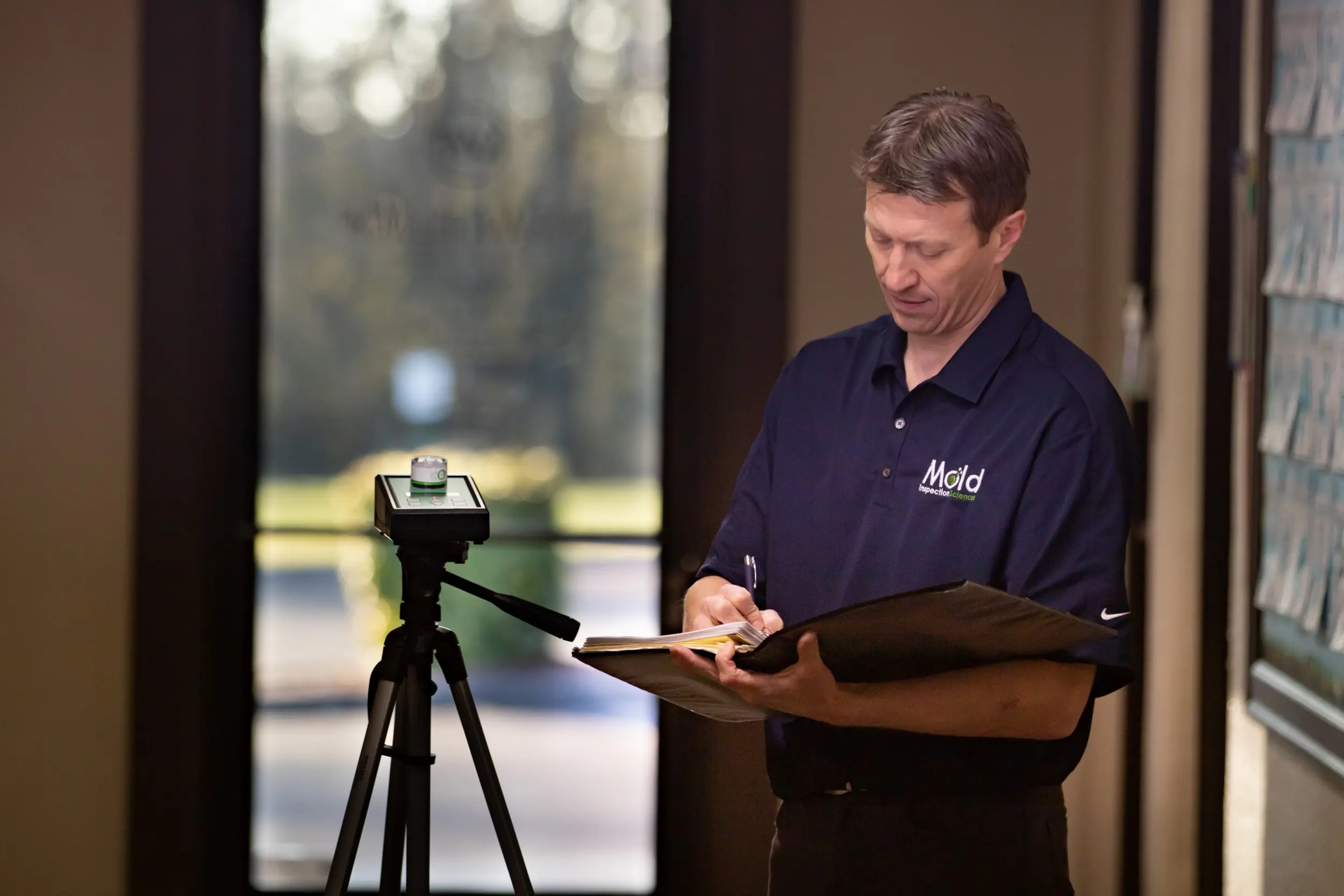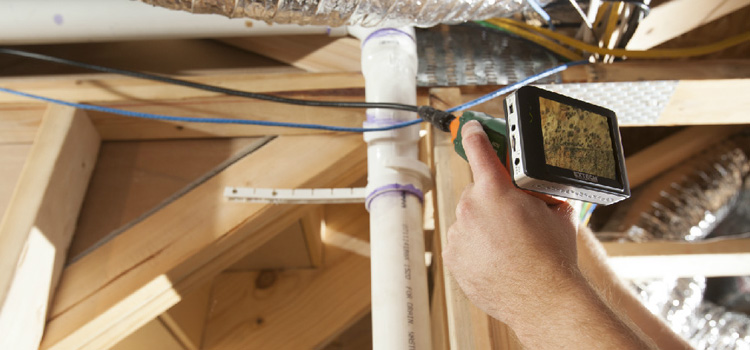Your Ultimate Guide to Message Mold Remediation Techniques
In the after-effects of mold and mildew infestation, understanding how to properly remove the mold and stop its reoccurrence is vital for preserving a healthy indoor atmosphere. From choosing the right cleaning and sanitizing approaches to carrying out approaches for lasting mold avoidance, each step in the remediation journey plays a crucial function in making certain a successful end result.
Understanding Post-Mold Removal Refine
After finishing the mold removal process, it is crucial to comprehend the post-mold remediation techniques that are required to guarantee a extensive and efficient cleaning. Once the mold and mildew has actually been removed, the following step includes cleaning and sanitizing the influenced locations to avoid any type of regrowth of mold and mildew. This consists of making use of specialized cleaning up agents to clean down surface areas and eliminate any staying mold and mildew spores. It is necessary to dry out the area completely to inhibit the growth of mold in the future (Post Remediation verification). Correct ventilation and dehumidification can assist in this process.
In addition, carrying out a last inspection post-remediation is important to make sure that all mold and mildew has actually been successfully removed. If the assessment reveals any kind of sticking around mold and mildew, added removal might be required.
Effective Cleaning Up and Disinfecting Approaches

Protecting Against Future Mold And Mildew Development

Value of Proper Ventilation
Proper ventilation plays a vital function in protecting against wetness build-up, a key consider mold and mildew growth within interior settings. Efficient air flow systems help eliminate excess moisture from the air, minimizing the chances of mold spores discovering the dampness they need to spread and sprout. Without appropriate air flow, interior areas can become a breeding ground linked here for mold and mildew, bring about potential health and wellness threats and structural damages.
By making sure appropriate air blood circulation, air flow systems can also assist in drying moist areas a lot more rapidly after water damage or flooding occurrences, even more discouraging mold and mildew development. testing air quality after mold remediation. In spaces like shower rooms, kitchen areas, cellars, and attic rooms where dampness degrees often tend to be greater, installing and keeping reliable air flow systems is critical in stopping mold problems

Monitoring and Upkeep Tips
Offered the essential role that appropriate ventilation plays in preventing mold growth, it is important to establish reliable surveillance and upkeep tips to make sure the continued performance of air flow systems. Tracking humidity levels within the building is also vital, as high humidity can add to mold development. By remaining Look At This attentive and proactive to the problem of air flow systems, building owners can properly reduce the threat of mold regrowth and preserve a healthy and their website balanced interior atmosphere.
Final Thought
Finally, post-mold remediation techniques are important for ensuring a tidy and risk-free setting. Recognizing the process, carrying out effective cleansing and decontaminating approaches, stopping future mold and mildew development, keeping appropriate ventilation, and normal surveillance are all crucial action in the remediation procedure. By complying with these standards, you can efficiently get rid of mold and prevent its return, advertising a healthy and balanced living or working area for all owners.
In the results of mold infestation, recognizing exactly how to effectively remove the mold and mildew and stop its reoccurrence is vital for keeping a healthy and balanced interior environment. When the mold and mildew has been gotten rid of, the next action entails cleaning and sanitizing the affected areas to prevent any type of regrowth of mold - After mold remediation. After eliminating noticeable mold and mildew development, it is vital to clean all surfaces in the affected area to get rid of any kind of staying mold spores. To additionally boost mold and mildew avoidance measures, it is necessary to deal with underlying issues that originally led to mold advancement.Given the essential duty that appropriate air flow plays in preventing mold development, it is critical to establish efficient tracking and upkeep pointers to ensure the ongoing capability of ventilation systems